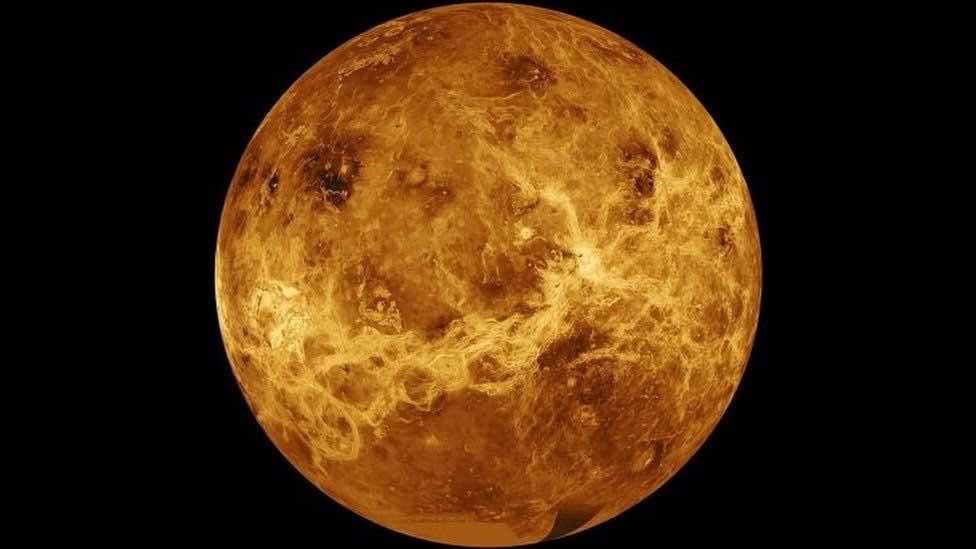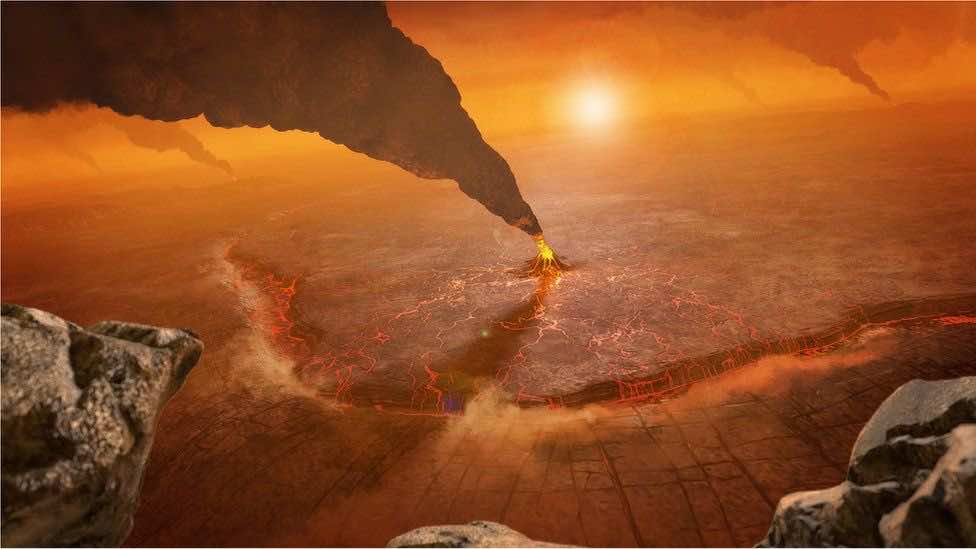Venus has always been a kind of a bone of contention among scientists. Making believe that the hellish hot ball of rock that we see today was actually similar to the Earth once. Many climate models believe that Venus was very much like Earth. It had surface temperatures similar to Earth. It also had oceans, rain, maybe even snow, continents, tectonic plates, and quite possibly life at some point.
However, something changed in its climate that has caused its present situation. To uncover the planet’s secrets, NASA is launching two robotic missions to the planet. The mission was announced by administrator Bill Nelson this Wednesday. The two missions greenlighted are DAVINCI+ and VERITAS. They were among the four proposals competing under the latest round of NASA’s Discovery Program.

The Discovery Program manages the exploration missions of smaller planets with a budget of $500 million. During the State of NASA address, Nelson said that “These two sister missions both aim to understand how Venus became an inferno-like world capable of melting lead at the surface. They will offer the entire science community a chance to investigate a planet we haven’t been to in more than 30 years”.
Well, these missions have just been announced it will likely take a few years before the actual launch happens. The interest in Venus spiked recently when a group of researchers discovered the possible existence of phosphine in the clouds of Venus. Phosphine is known to made by living organisms so can expect that the notion caused some shock and eagerness among the scientists. Many still disputed the team’s findings but the missions are going to launch nonetheless.

DAVINCI+ is slated to launch in 2029 and will be the first US-led mission to enter the atmosphere of Venus since 1978. The mission’s goal is first to snap photos of the planet’s surface twice before using a robotic probe to measure the atmosphere’s gases and other elements. They’ll likely be looking for traces of phosphine.
On the other hand, VERITAS will launch a year before DAVINCI+, around 2028. The mission’s goal is to orbit around Venus and map the surface to give scientists a better picture of its geological history. According to NASA, It’ll use a synthetic aperture radar and track surface elevations to “create 3D reconstructions of topography and confirm whether processes such as plate tectonics and volcanism are still active on Venus”.
It seems that NASA is going all out in its exploration of Venus, only time will tell what they actually discover.


